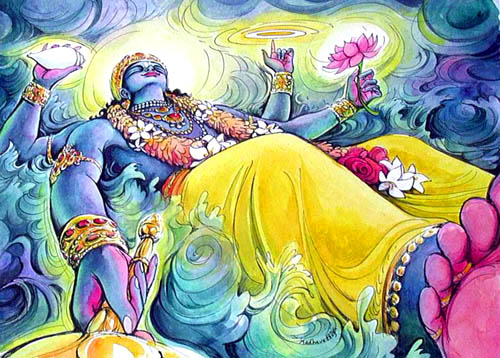
Plato and the Allegory of the Cave: Ideas, Being and Becoming
The first systematic treatment of philosophy, and arguably the most influential, in the West can be found in works of Plato, in particular in his works the Phaedo, the Republic and the Timaeus which are by most accounts the most influential…
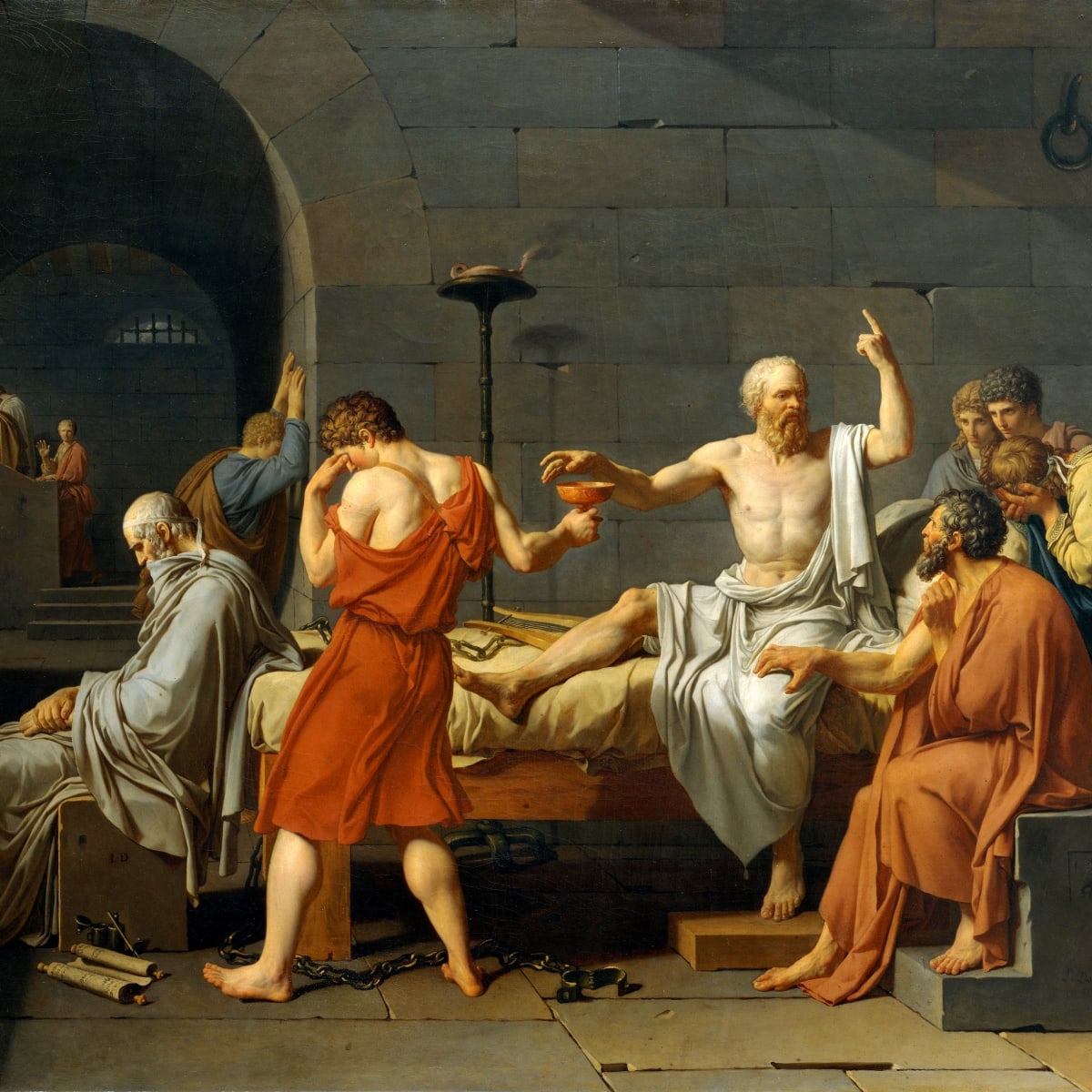
The Legacy of Socrates: Skepticism, Knowledge and Reason
One of the best indications of the influence of Socrates on the development of Western philosophy, what the Hellenes, or Greeks, termed philosophia, his ideas being primarily represented by the writings of his best known pupil Plato, is the…
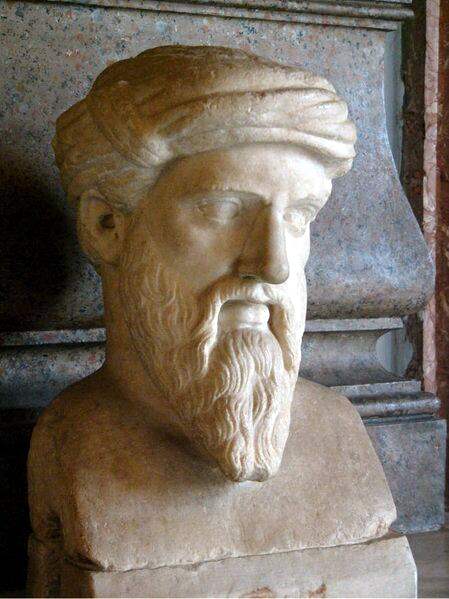
Pythagoras: The Father of Hellenic Philosophy
Pythagoras, Thales of Miletus, Parmenides, Heraclitus, Xenophanes, Zeno, Empedocles, Anaxagoras, Leucippus, and Democritus all made contributions to Pre-Socratic philosophical thought and were referenced by later philosophers and historians…

Buddhist Philosophy: Impermanence, Suffering and the “No-Self”
Running parallel to the maturation and evolution of Hellenic philosophy, to the East the Indo-Aryan people were going through a similar intellectual revolution from the prevalence of ritual and ceremonial worship of gods and goddesses embedded…
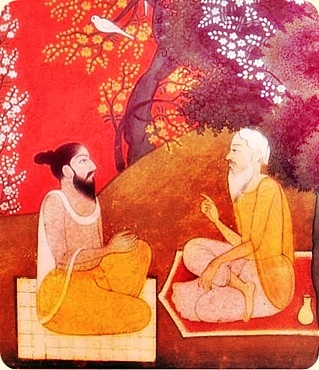
Upanishadic Philosophy: Brahmavidyā and the Soul
Orthodox Indian philosophy, the legacy of the Indo-Aryans, takes on a much different form than it does in the West, and in turn a much different form that it does in the Far East, despite the fact that the intellectual developments – if we…
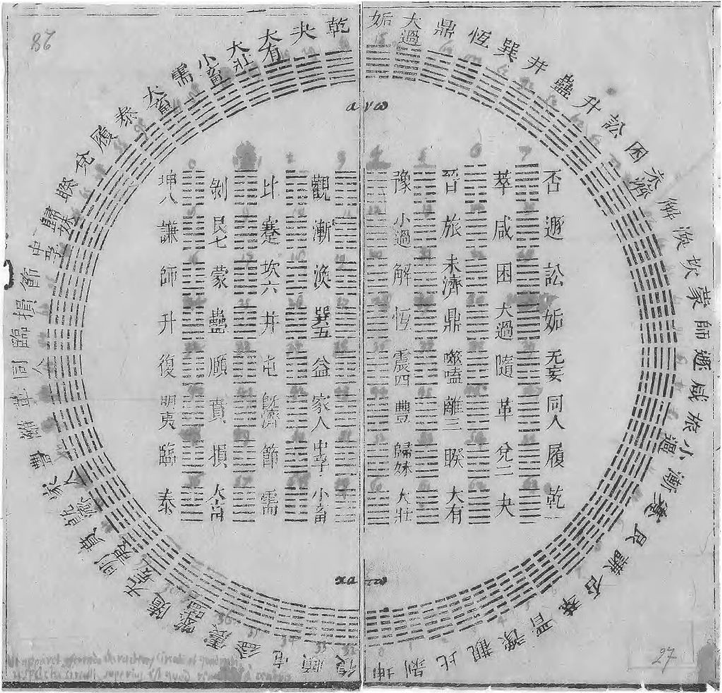
The Metaphysics of the I Ching: The Alignment of Heaven, Man and Earth
While the translational difficulties from Traditional Chinese into English are fairly well documented, even with the introduction of the Pinyin Romanization system of Chinese words in the middle of the twentieth century which is now predominantly…

Ancient Chinese Theology: From Shàngdì to Tiān
The Chinese civilization is if not the, then certainly one of, the oldest persistent civilizations on the planet.[1] Its roots go back to the early part of the second millennium BCE with the first dynastic empire, the Xia Dynasty (circa c.…

From the (Ancient) Far East: The Translation Challenge
We see the first evidence of Chinese writing, pictograms or logograms on bronze and bone artifacts from the last years of the Xia Dynasty (2070 – 1600 BCE), almost four thousand years ago. This writing system, the foundations of which…
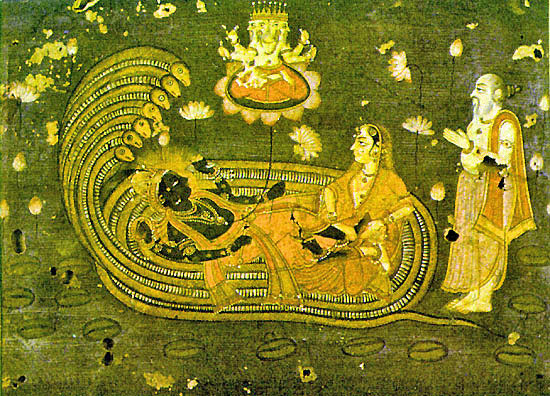
Eurasian Mythos: Establishing the Laurasian Hypothesis
These mythological narratives clearly reached back at some level or another into the pre-civilization times of the societies within which they emerged, there was clearly not only similarities between the accounts, but also clearly some “borrowing”…
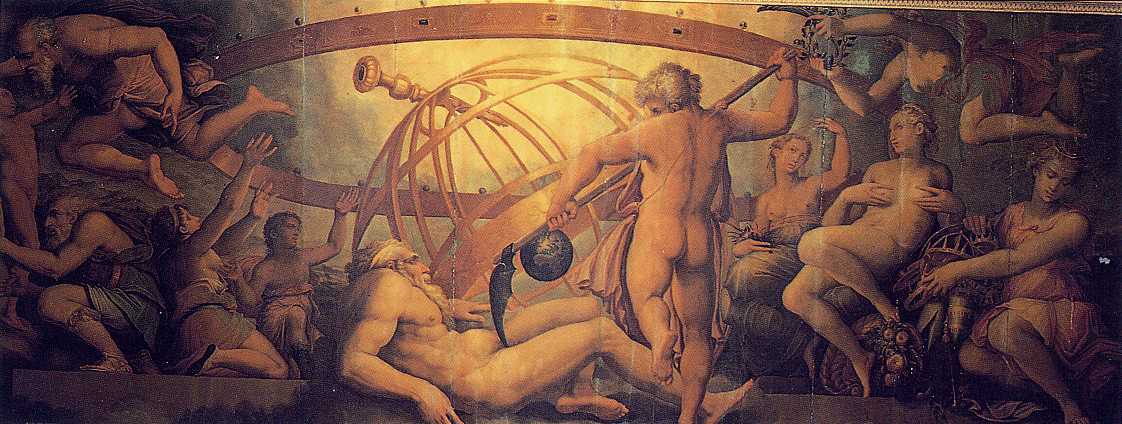
Roman Cosmogony: The Metamorphoses of Ovid
When trying to ascertain the belief systems of the ancients, and specifically as related to their views on cosmogony and theogony, one is apt to conclude that anything written by the Latin/Romans can add nothing to the historical record of…
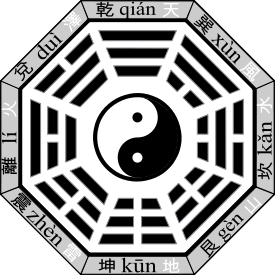
Ancient Chinese Theology: Shàngdì, Pángǔ, Tiān and the Dao
Before the evolution of the more esoteric and all-encompassing principle of Heaven (Tiān) which we find so prevalent in classical Chinese philosophical circles after the advent of the Zhou Dynasty, the primary divine entity that is worshipped…

Vedic Cosmogony: Skepticism, Puruṣa and Hiraṇyagarbha
When one looks at the early creation myths, i.e. mythos, of the Indo-Aryans[2], what we today call Hinduism, one is confronted with the fact that their early mythology was not so clearly codified or synthesized as its sister cultures in Mesopotamia and…
